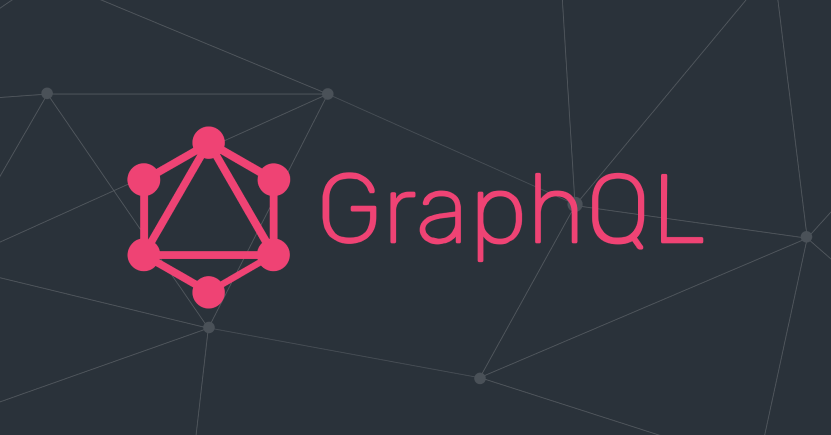Tag: aws-appsync
-
Lambda returning wrong data – type mismatch error, expected type LIST
0 In my schema.graphql I have set query: type Query { listCourses(param1: String, param2: String): [Course] and type Course: type Course { id: ID! fullname: String shortname: String idnumber: String summary: String } And in my frontend application I am calling this query that triggers lambda: async getDataByCodeType() { const query = /* GraphQL */…
-
AWS amplify graphql appsync – do not return deleted items?
9 I am using AWS amplify with graphql and appsync. When I do a standard list query, appsync includes deleted items in the list of items it returns. What can I do to make it return only items that are not deleted? I tried this query, but it throws an error: query MyQuery($filter: ModelFrameFilterInput =…
-
GraphQL mutate operation failed. NonRetryableException{message=OkHttp client request failed., cause=null, recoverySuggestion=Irrecoverable error}
2 Graphql mutation operation fails in android but works in AppSync console Error: GraphQL mutate operation failed E/amplify:flutter:api( 4899): NonRetryableException{message=OkHttp client request failed., cause=null, recoverySuggestion=Irrecoverable error} E/amplify:flutter:api( 4899): at com.amplifyframework.api.aws.AppSyncGraphQLOperation$OkHttpCallback.onResponse(AppSyncGraphQLOperation.java:145) E/amplify:flutter:api( 4899): at okhttp3.internal.connection.RealCall$AsyncCall.run(RealCall.kt:519) E/amplify:flutter:api( 4899): at java.util.concurrent.ThreadPoolExecutor.runWorker(ThreadPoolExecutor.java:1167) E/amplify:flutter:api( 4899): at java.util.concurrent.ThreadPoolExecutor$Worker.run(ThreadPoolExecutor.java:641) E/amplify:flutter:api( 4899): at java.lang.Thread.run(Thread.java:920) W/AtomicResult(mutate)( 4899): Attempted to send success value after initial…
-
Auto update React.js front-end, when items added in DynamoDb
0 I’m developing a serverless AWS app. For the front-end I’m using react.js, for the back-end (REST API calls), I’m using Claudia API Builder (API Gateway & Lambdas) and I store my data in DynamoDB tables. Problem I want, whenever a user adds an item in a DynamoDB table, this to be shown automatically to…
-
400 response without any context in AWS Appsync where Lambda is a Data source
0 I’m getting the below response in AWS Appsync console, when i try to invoke graphql API. Request failed with status code 400 Query: query MyQuery { getUserData(inputArguments: $inputArguments) { __typename } } Variables: { "inputArguments": { } } I’m unable to debug it as Lambda is not being invoked. amazon-web-services aws-lambda graphql aws-appsync Share…
-
Why is AWS asking for a Cognito Identity Pool when My schema is and based on API
0 I don’t understand AWS Authorization yet. I’m getting this error. GraphQLAPI – ensure credentials error No Cognito Identity pool provided for unauthenticated access I thought by providing an API key this would just work like when you request from any other API. This is my schema: type art @model @auth( rules: [ { allow:…
-
Appsync returns null values
0 Here’s the relevant schema definitions: type Course implements GrApp { id: ID! term_id: ID! term_name: String type: String! name: String! data: AWSJSON course_info: AWSJSON } interface GrApp { id: ID! type: String! name: String! data: AWSJSON } input TableGrAppFilterInput { id: TableIDFilterInput type: TableStringFilterInput name: TableStringFilterInput } input TableIDFilterInput { ne: ID eq: ID…
-
Trying to fetch owner created data from Amplify GraphQL from NextJS React App
0 This is my first ever Stack overflow question and I’m a pretty new programmer. I can’t figure out how to do a basic fetch from the API on Amplify based on the user being logged using Authenticator and reading the data that they are the owner of. I’m getting the error "Variable ‘id’ has…
-
How can I achieve graphql/dataloader like behaviour in AppSync?
1 I am currently building an AppSync API and after doing some research into how to load four different fields with two data sources (two fields per data source) I came across this question. The response to this question seems to do a great job explaining the use of data loaders and using mostly field…
